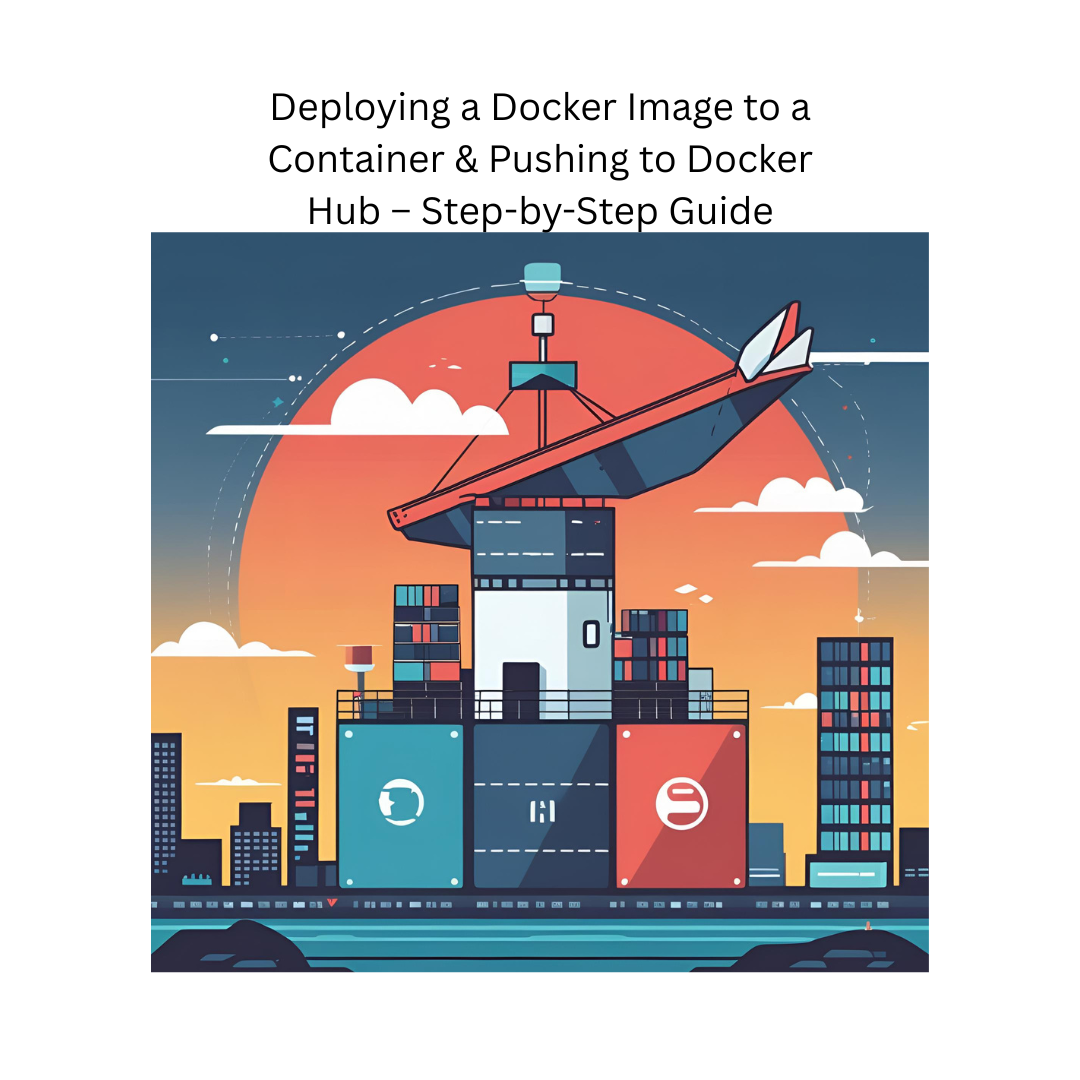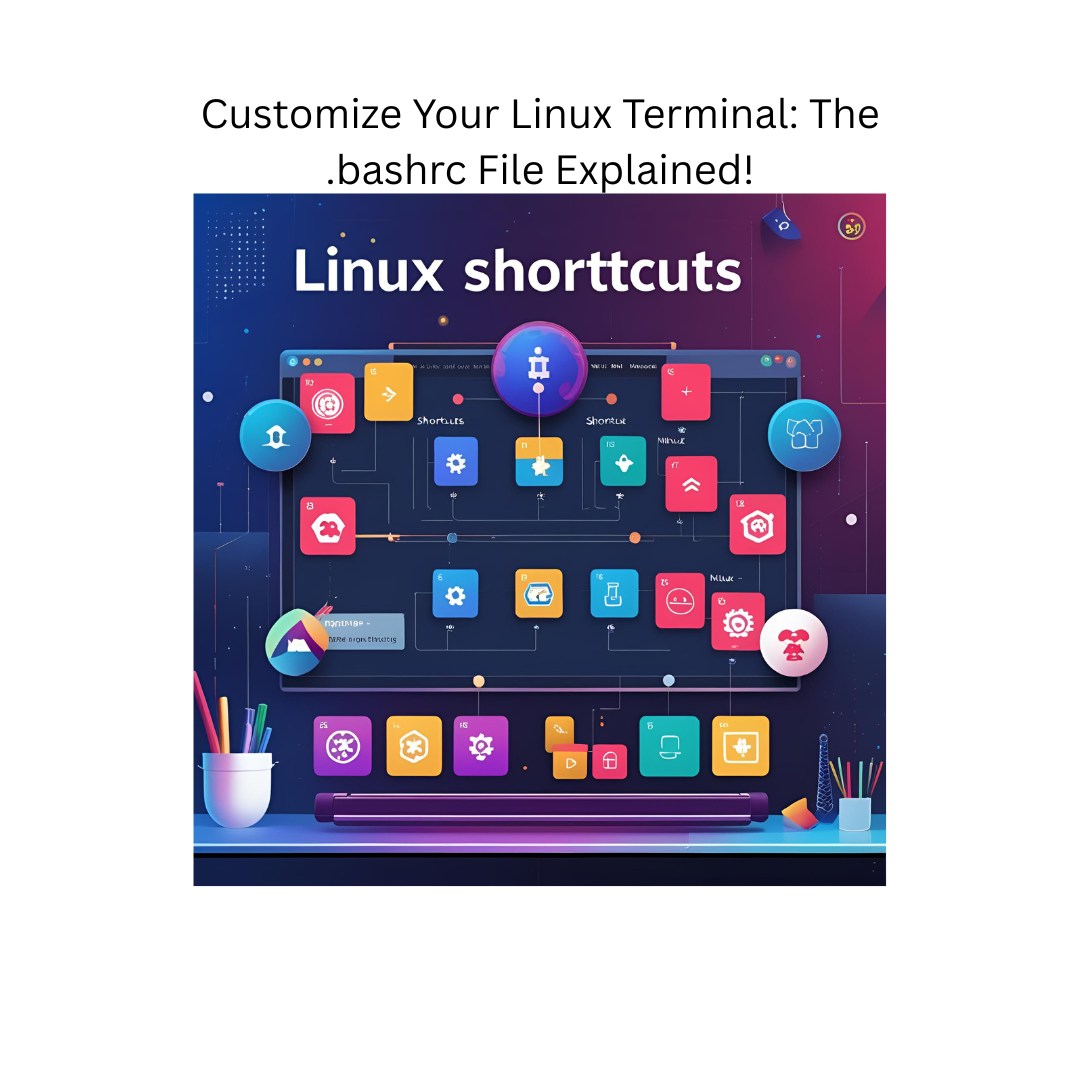Want to level up your Git skills? In this video, I walk you through some of the most essential Git commands every developer needs to know — including git push, git pull, git clone, git status, and more. Whether you’re a beginner or just need a quick refresher, this tutorial will help you understand how these commands fit into your workflow and when to use them. What You’ll Learn: How to use git clone to copy repositories The difference between git pull and git fetch How to push changes with git push Checking your repo state with git status Common scenarios where these commands save time By the end, you’ll have a stronger grasp of Git basics and be ready to confidently manage your projects with version control. Don’t forget to like, subscribe, and comment if this video helped you! #Git #GitCommands #DevOps #GitTutorial #Programming
https://youtu.be/lXm6juX9sGg
Logging In As Root: Power and Responsibility
Logging in as the root user in Linux gives you complete system access. This includes modifying system files, installing software, and managing users. Safety First: Minimize Root Usage: Only use…



